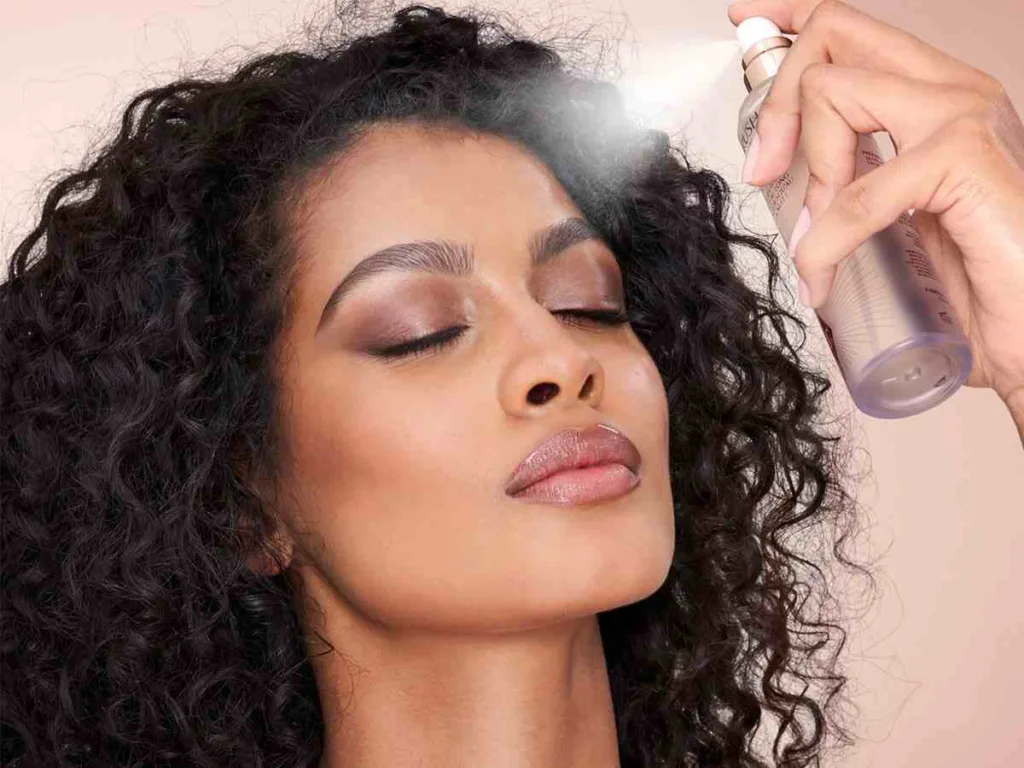Selecting a suitable finish for your skin type is an important step in achieving a flawless makeup look. The right finish not only enhances your natural beauty but also ensures that your skin appears radiant and healthy. With an excess of options available, it’s essential to understand your skin type and choose a finish that complements its specific needs.
- For those with oily skin, a matte finish is often the best choice. Matte foundations and powders help control excess oil and shine, providing a smooth and soft appearance. Look for products labeled as oil-free or mattifying to keep your skin looking fresh throughout the day. Additionally, using a primer designed for oily skin can further extend the longevity of your makeup.
- Dry skin, on the other hand, benefits from finishes that add a radiant glow. Dewy and glowing finishes can provide hydration and create a more luminous complexion. Choose foundations and setting sprays with moisturizing properties to prevent your skin from looking dull or flaky. Products infused with ingredients like hyaluronic acid or glycerin can help maintain skin hydration.
- Combination skin requires a balanced approach. Opt for a satin finish, which combines elements of both matte and dewy finishes. This helps control shine in oily areas while providing a subtle radiance to dry areas. Use targeted products, applying matte finishes to the T-zone and dewy finishes to the drier parts of your face for a harmonious result.
- Normal skin types have the flexibility to experiment with various finishes. A natural finish is a versatile option that provides a balanced, skin-like appearance. It allows for a healthy glow without emphasizing oiliness or dryness. Choose foundations with a medium coverage for a polished look that still feels lightweight on the skin.
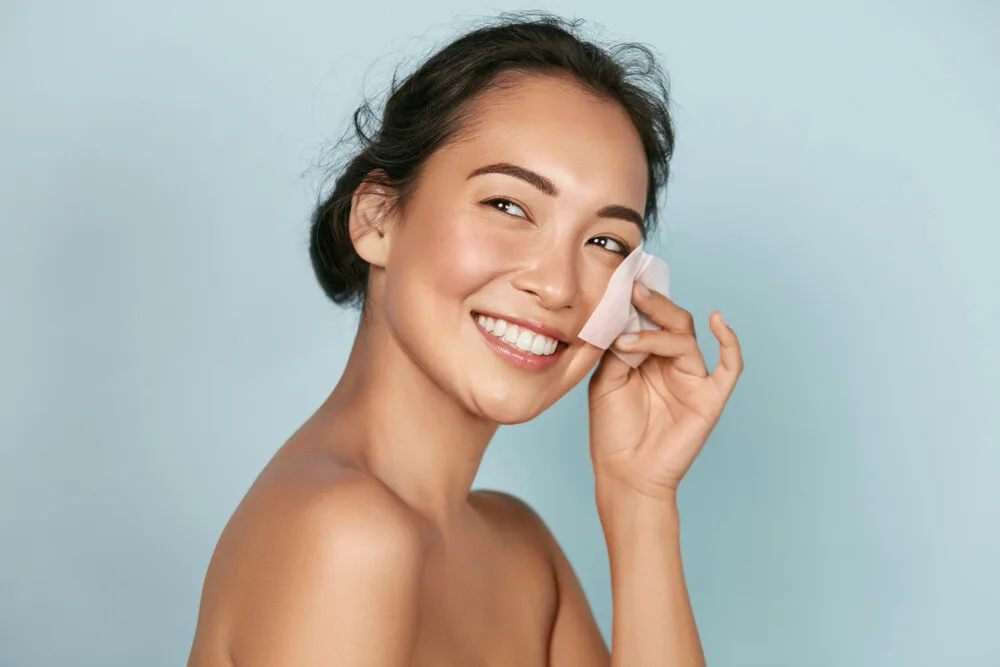
Matte Finish Look:
Achieving a matte finish in makeup has become a popular trend, providing a flawless and shine-free complexion that lasts throughout the day. This makeup technique involves using products that minimize the appearance of oil and create a smooth, velvety texture on the skin.
The matte finish is particularly favored for those with oily or combination skin types, as it helps control excess shine and promotes a polished, long-lasting look. They help absorb any remaining oils and set the foundation in place, preventing it from budging throughout the day. It’s essential to apply the powder strategically, focusing on areas prone to shine, such as the T-zone. Loose powders are often preferred for their lightweight and finely milled texture. When choosing a matte finish makeup, it’s crucial to consider the specific needs of your skin. For individuals with dry skin, incorporating hydrating products into the routine can prevent the matte finish from emphasizing dry patches. Setting sprays with a matte finish can also be used to lock in the makeup and provide a natural, long-lasting appearance.
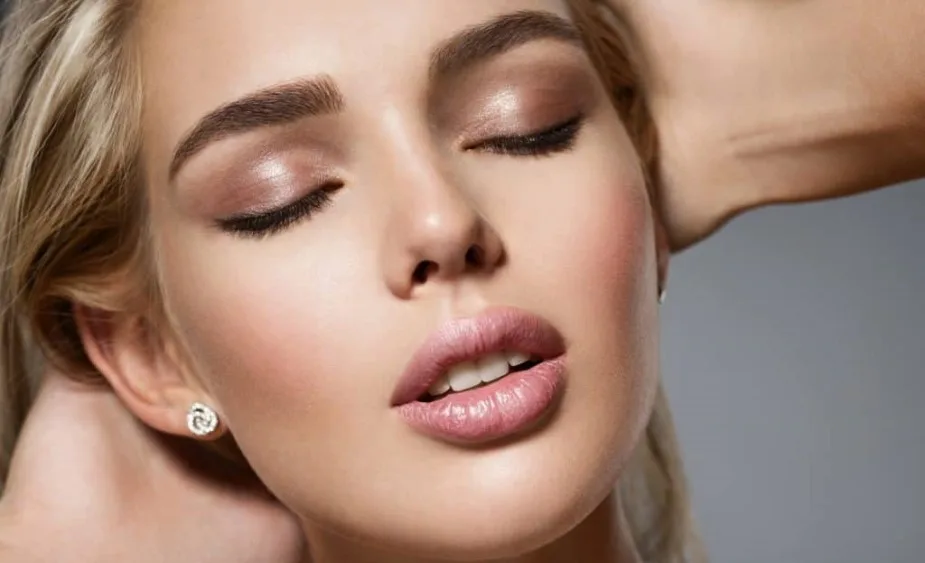
Dewy finish Look:
Achieving a dewy finish in makeup is all about creating a radiant and luminous complexion that gives the skin a healthy, natural glow. This makeup trend has gained popularity for its ability to enhance the skin’s radiance and create a fresh, youthful look. Before applying makeup, it’s crucial to have a well-hydrated base. Begin with a moisturizer that suits your skin type to ensure a smooth canvas. Consider using a hydrating primer to lock in moisture and create a dewy base for your makeup. Highlighter is solution to achieving a dewy look.
Apply a liquid or cream highlighter on the high points of your face – the tops of your cheekbones, the bridge of your nose, and your cupid’s bow. This will catch the light and impart a natural radiance to your skin. Foundation of Cream blush into your routine for a flushed and dewy appearance. The creamy texture blends effortlessly into the skin, creating a natural and youthful flush. Apply the blush to the apples of your cheeks for a fresh and healthy glow. While a dewy finish is desired, it’s essential to set your makeup in areas.
Satin Finish Look:
The term “satin” is derived from the smooth and luxurious texture of satin fabric, and similarly, a satin finish in makeup imparts a refined and polished look to the skin. This finish is characterized by a soft, subtle glow that adds a touch of luminosity without appearing overly shiny or matte. It creates a harmonious blend of light reflection and absorption, giving the skin a healthy and natural appearance. To achieve a satin finish, it’s essential to start with a well-prepped material.
Skin Undertones:
Understanding skin undertones is essential when it comes to choosing the right makeup products and creating a flattering look. Skin undertones refer to the subtle hues underneath the surface of your skin that affect the overall tone of your complexion. There are three primary undertones: warm, cool, and neutral.
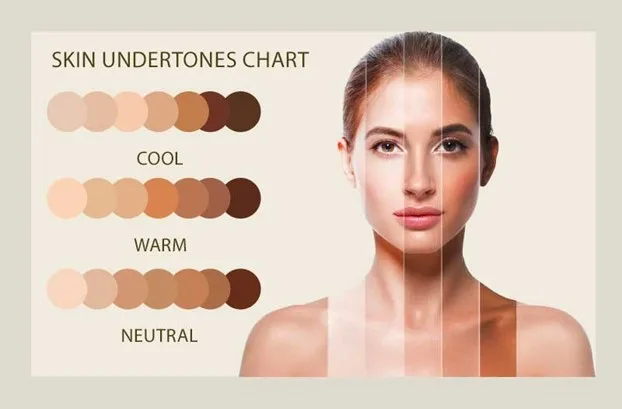
To determine your undertone, you can try the following methods:
-
Vein Test:
Check the color of the veins on your wrist. Green veins typically indicate warm undertones, while blue veins suggest cool undertones. -
Jewelry Test:
Consider whether gold or silver jewelry looks better on you. Warm undertones usually favor gold, while cool undertones tend to complement silver. -
White Fabric Test:
Hold a piece of white fabric next to your face. If your skin looks better against pure white, you likely have cool undertones. If it looks better against off-white or cream, warm undertones may be present. By selecting makeup products that complement your undertones, you can enhance your features and create a more polished and cohesive appearance.
Mineral Makeup Look:
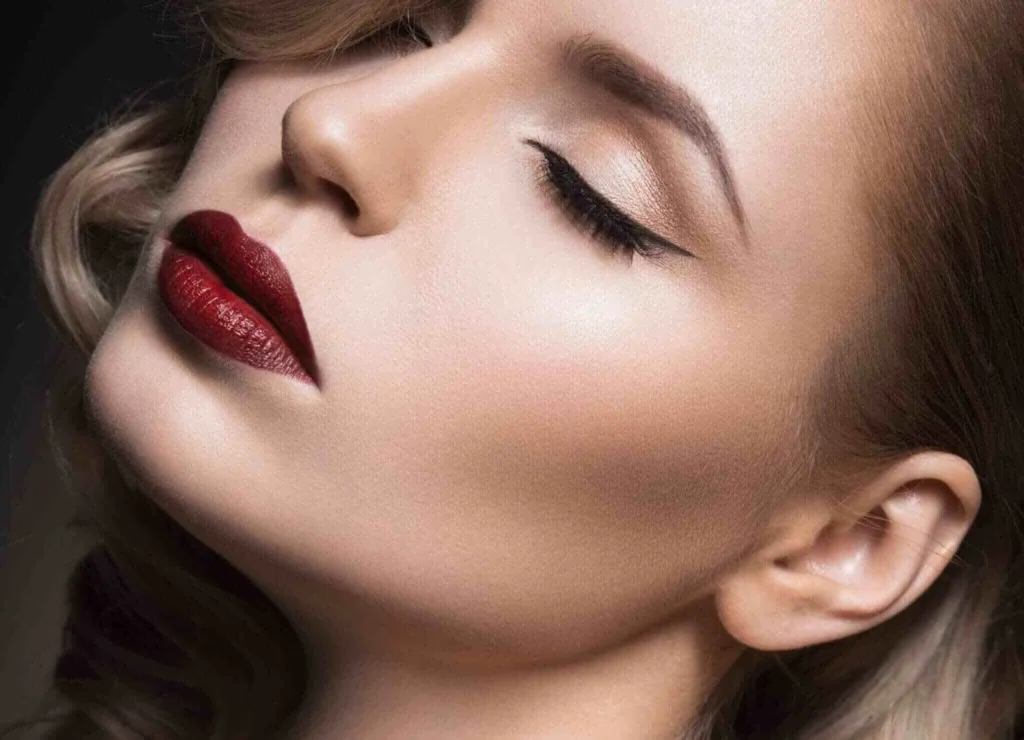
Setting Powder for Makeup:
Setting Spray for Makeup:
